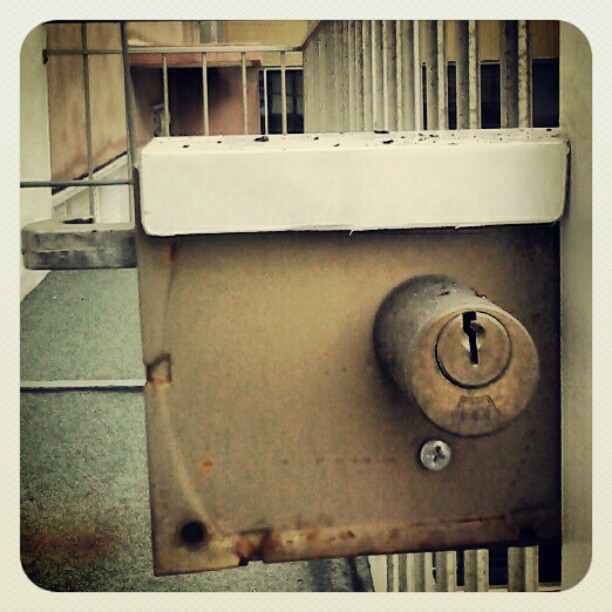
Technical Stuff
A team of researchers at the Lawrence Berkeley National Lab have created an improved Lithium Sulfur or Li/S battery cell. This Li/S cell use a Sulfur Graphene-Oxide nanocomposite cathode and a lightweight Lithium anode. The construction of this cell “vastly improves the cycle life of Li/S cells by reducing charge-affecting chemical reactions by immobilizing sulfur and inhibiting polysulfides during operation” by utilizing a flexible cathode binder, a cetyltrimethyl ammonium bromide cathode surfactant, and an improved ionic liquid electrolyte.
What This Means
This improved Li/S cell maintained its capacity (with a Coulombic efficiency of 96.3%) for 1,500 charge/dischages, even at high rates. It’s lightweight, cheap, and most importantly requires NO CONFLICT MATERIALS to produce. This new cell has a specific energy 500 Wh/kg, which is 2.5 times that of current Li-ion cells at 200 Wh/kg. Prior limiting factors to Li/S cell batteries including poor life cycles and poor rate capabilities may be a thing of the past. Electric vehicles, power tools, and electronic devices running on Li/S batteries may be in the near future.
Source: electronista








